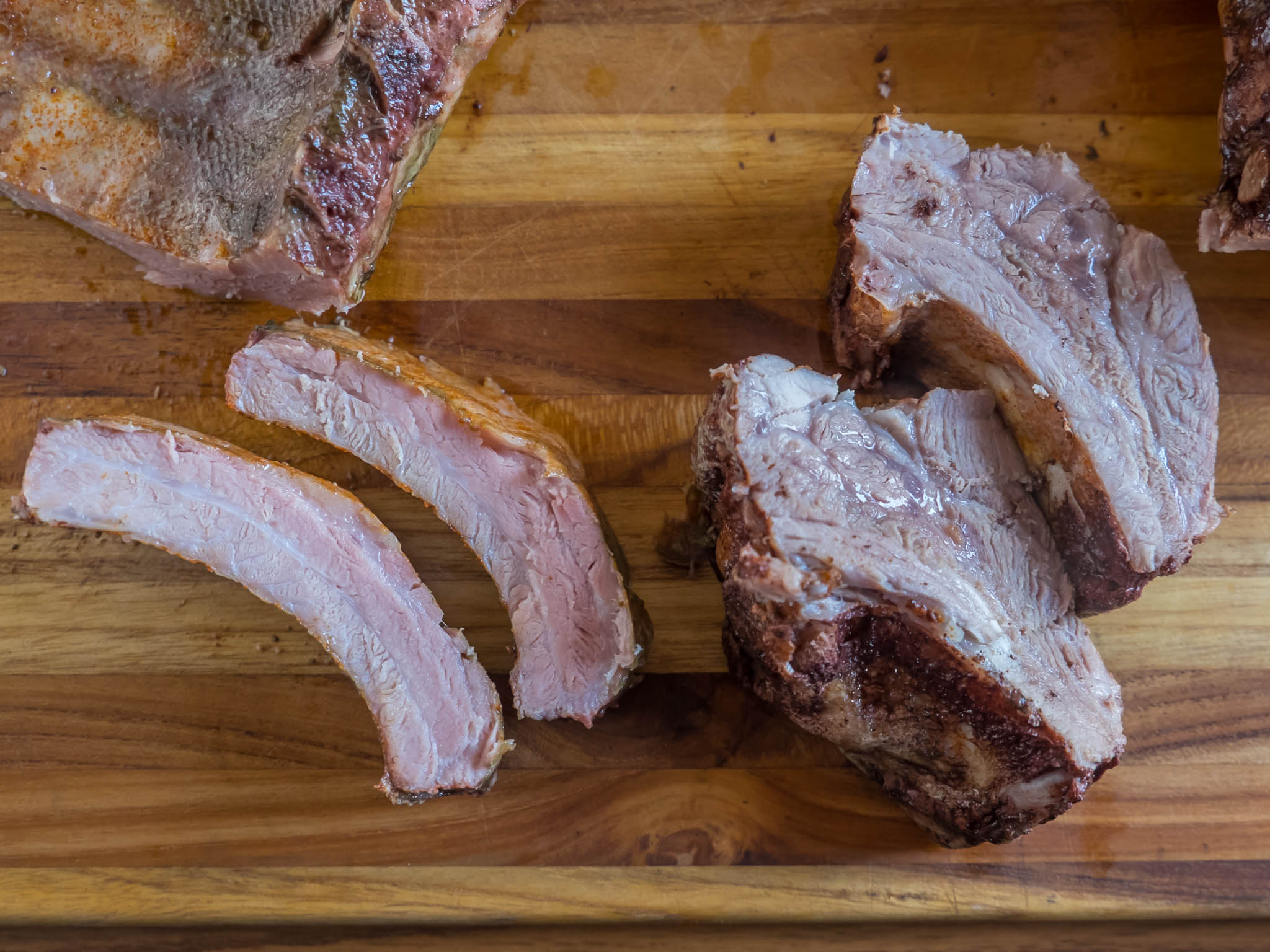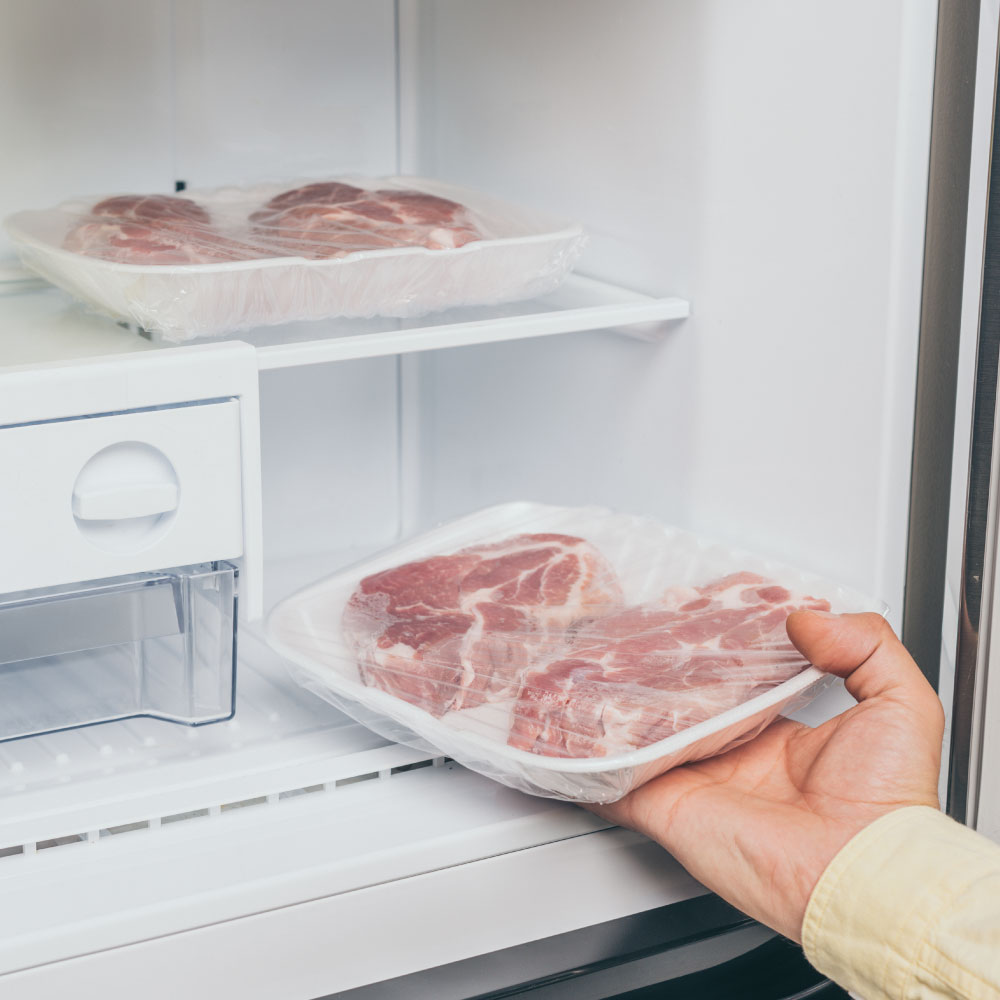
Smoking a Boston butt can take anywhere from four to nine hours, depending on its size and shape. A six-pound Boston Butt can be smoked in 1.5 hours per kilogram. The total time taken to smoke is nine hours. When done correctly, a six pound Boston butt can attain 145 degrees F in only four to six hour. It will still be difficult to eat at lower temperatures.
225degF
A 225degF smoker is the best choice if you want a delicious, tender Boston butt. A six-pound boneless pork shoulder will require between eight and 10 hours to achieve the desired tenderness. A 10-pound boneless pork shoulder can be smoked in an oven at 250°F for 8-10 hours. For a Boston butt six pounds, it will take around one and a 1/2 hours to reach the internal temperature.
A Boston butt can be smoked at 225 degrees Fahrenheit, which is fine for slow-cooked hams. But it's better to let the product rest after cooking. Resting allows the meat fibers time to relax, which makes pulling it easier. A beer cooler makes a great container for resting meat after smoking. Wrapping the meat in foil should not be torn. Wrap the meat in a heavy towel, and place it in the beer cooler. Allow it to rest for at most one hour before you cut into it.
Smoking a Boston Butt is best done the night before. It should be marinated at least two days prior to cooking. The size of your roast will determine the smoking time. However, for smaller roasts, you can marinate it overnight if you wish. After the butt reaches the desired internal temperature it will be fall apart tender and have thick bark. This is the chewy jerky-rind that gives the pork its nickname.
Once the butt has reached the desired internal temperature, it is ready to eat. A meat thermometer is used to make the meat tender and juicy. For safety reasons, Boston meat should be cooked at 145 to 195°F. If it's not ready after two hours, wrap it tightly in foil and continue smoking until the meat reaches the desired temperature.
Proper spritzing
It is important to understand the precise cooking times of a Boston butf before you start spritzing it. The best time for spritzing pork is towards the end. After the pork has been rested, you can spritz it with sugary water. Apple cider vinegar can be substituted for apple juice if money is tight. Maple syrup can be substituted for apple cider vinegar if you don’t wish to spend too much.
The use of a dry spritzing solution is another key tip to spritz your Boston butf when smoking it. This will keep the meat moist. It is often made with apple cider vinegar. But, you can use other liquids in the past. Top bbq chefs recommend this method as one of the most important steps to smoking. It keeps the bark from drying out. Additionally, it preserves the meat's moisture, which results in a lovely smoke ring.
The temperature of the pork should be at least 165 degrees Fahrenheit when wrapped. Use a remote probe meat temperature monitor to monitor the internal temperature. If you are making pulled pork sandwiches or sliced pork, ensure that the internal temperature is between 165 and 176 degrees F. Wrap the pork in foil or butcher paper, then insert the meat thermometer to check the temperature.
Apple cider vinegar or apple juice can be used in an equal amount to keep the meat moist. This mixture should be poured over the meat after it has reached stall temperature, and should be applied only on the outer surface. Do not spray the meat underneath as this can cool it and cause additional moisture which could destabilize the temperature in the smoker. The perfect temperature for Boston butts is 195 degrees.
Creating a dark mahogany crust

The secret to this tasty smoked meat is creating a dark mahogany crust over your Boston butt. It is due to smoke particles sticking in the seasoning. The bark is a rich smoke flavor that can vary in color from dark red to black. It can give your meat a unique contrast. For best results, cook the Boston butt for between 225 - 250 degrees for five to eight hour. Then, let it rest for two hours before carving and enjoy the flavor.
There are two main steps involved in smoking meat. First, rub the butt. The rub should be moistened, but not too dry. The rub should be generously applied to the meat. This will help the flavors penetrate the meat. You can also smoke to create the dark mahogany-colored crust. Next, take out the butt and place it in a container. After the butt has rest for at minimum eight hours, rub additional spices on the meat.
Next, use a mustard as a base for the dry rub. The dry rub will stick better to meat if it is made with mustard. Honey mustard or fancy Dijon mustard can be used. Use the butter to coat all of the butt. While doing so, don't be afraid to get dirty. Apply the rub and tell some butt jokes.
Once the butt is at the desired internal temperatures, you can remove it and enjoy your Boston smoked butt. The meat should be at least 190 degrees. You should let the meat cool for at most 30 minutes before you cut it. This will help your hands don't become sore when you savor your creation. The entire process of smoking a Bostonbutt will take around 14 hours.
Use a dry rub
First, choose a flavor-enhancing hardwood when smoking Boston butt. Next, prepare your dry rub after you've selected your smoking wood. You want to make sure your dry rub is well balanced, using both strong and salty spice. To create the flavor profile you desire, you can alter the ratio of any spice. Common alterations include the addition of onion powder, brown sugar, or smoked paprika.
Dry rubs contain smoked paprika and salt. After you've prepared your rub make sure to store it in an open container in a dry and cool place. If you have a MasterClass Annual Membership, you'll gain access to exclusive video lessons from the world's best chefs. This membership gives you access more than a dozen different cooking recipes, including Boston's most loved recipe.
You want to get the best flavor out of your smoked Boston meat butt. Make sure you prepare it the night before. The meat can be smoked as soon as possible, but it is best to let it rest for at least one day. This will allow the meat to tenderize and make a better roast. After applying the dry rub to the meat you need to check for dry areas. You can spray dry parts with apple juice.
Next is to prepare your meat. It is easy to prepare the most popular cuts of pork. This means there is no need for extra cutting or thinning. A good rub has one key ingredient: salt. It not only adds flavor to the meat but also acts as a heat conductor, preventing overcooking. Finally, the rub should have a sweet component that offsets the spicy taste.
Resting abutt

The resting period makes a significant difference in the quality of smoked Boston butt. It allows the foil's juices and fats to re-enter pork, making it easier pull and slice. A beer cooler is the perfect container to rest your meat. Carefully wrap your meat in foil to prevent it from drying out and place it in the cooler. After wrapping the meat in foil, let it rest for between 30 and 45 minutes before you pull it out.
You must first cool a Boston butt before it can be rested. To make sure the meat is not too warm, do not heat it. This will result in it becoming dry and hard. Also, it is important not to slice the meat soon after cooking. A meat that has been cooked long enough should be allowed to rest. This way, it can redistribute moisture that was lost during the cooking process. It is possible to spill juices if your meat is sliced too quickly or too soon.
Tin foil can help retain heat. For long rests, you may need to wrap the foil twice. A short rest will usually require two layers. If you plan to rest a Boston butt for several hours, you will need to use an extra layer of foil. It is also possible to wrap it in aluminum foil. However, make sure you use a deep, grooved baking pan.
The internal temperature of the meat will increase by five degrees during the resting period. The resting period is important as it helps absorb the flavors of the meat. The meat should be removed from a smoker at 195 degrees F. Exercising too soon can lead to over-cooking, dryness, and even death. So, resting your Boston butt for the proper amount of time will ensure that you get the best possible results!
FAQ
How to become a chef
There are many routes to becoming a chef. You can begin by taking a course at a community college or vocational school. You can then look into going to culinary school. You can also apply for a paid internship.
What is the cost of a culinary school?
Prices for Culinary School vary depending upon where you go, what program you select, and how long you stay there. Tuition costs range from $10,000 to $30,000. Students graduate with approximately $20,000 of debt. However, some programs offer scholarships, grants, and work-study opportunities.
What's the best way to keep leftovers safe?
Tupperware containers can be used to store leftovers. These containers keep food fresh and prevent odors forming. They also keep foods warm for longer. Remaining food can be frozen in freezer bag. When freezing food, place the bag inside another freezer bag so that air doesn't escape. Once the food has frozen, you can transfer it to an airtight container like a zipper lock bag.
Is there a better way to learn to make delicious meals?
Cooking is a skill that every person should learn. Cooking is a skill that will allow you to enjoy delicious food. First, find a recipe that appeals to you and then follow it closely. You'll then want to practice small adjustments until you feel confident making the dish. The last step is to cook for others. This will not only help you cook better, but it will also test your skills.
Statistics
- On average, chefs earn $58,740 a year, according to the BLS. - learnhowtobecome.org
- In the United States, the category is estimated at $23.2 billion annually and is growing faster than the market. (washingtonpost.com)
- You'll be amazed that over 90% of CIA students receive scholarships and grants to finish their culinary studies. (ischoolconnect.com)
External Links
How To
How to make a perfect Omelette
Omelets are a favorite breakfast food of mine. How do you make them perfect? Many different recipes and methods have failed to work for me. So I wanted to share some tips and tricks so that you can make delicious, fluffy omelets every morn.
Before we start making omelets, let's remember that eggs are temperamental. You must get them fresh, organically, and keep them cold until you cook. If they are not kept cold enough, the whites won’t form properly. The yolks will also break down too quickly and become runny. This will make your omelets appear strangely colored. If you want to make omelets right away, it's best not to use eggs that are too cold.
Another tip is to separate your egg before adding it into the pan. You don't want the white to get mixed with the yolk, as this could cause the egg to curdle.
The bottom part of an egg that is added directly to the stovetop might be burned, which could cause a ruined texture in your omelet. Instead, place the egg in the microwave for 10 second before you put it in the skillet. The microwave heat cooks your egg just right, without it becoming too soft.
Next, let's discuss mixing the eggs. Mixing eggs together is important. You need to beat them well. To do this, grab the bowl of the mixer and turn it upside down. Then shake the bowl vigorously. The egg will be thoroughly mixed in the bowl as the air is whipped.
The fun part is now - adding the milk to the mixture. Mix half of the milk with the eggs. Then fold the eggs in half into the remaining milk. Do not worry if you see streaks of egg; they will disappear when the omelet is flipped.
After you have done folding the eggs, heat the pan on medium heat. The oil will start to smoke. Add 1/4 cup butter to the oil and swirl it around to coat all sides of the pan. Carefully open the pan's lid and add salt to the pan. A pinch of salt will help prevent the omelet from sticking to the pan.
Once the omelet has formed completely, cover the pan and let it set for a few minutes. Flip the omelet over using a spatula or flip the pan upside down. Cook the other side for another minute or two. Serve immediately after removing the omelet from its pan.
This recipe works best when you use whole milk.